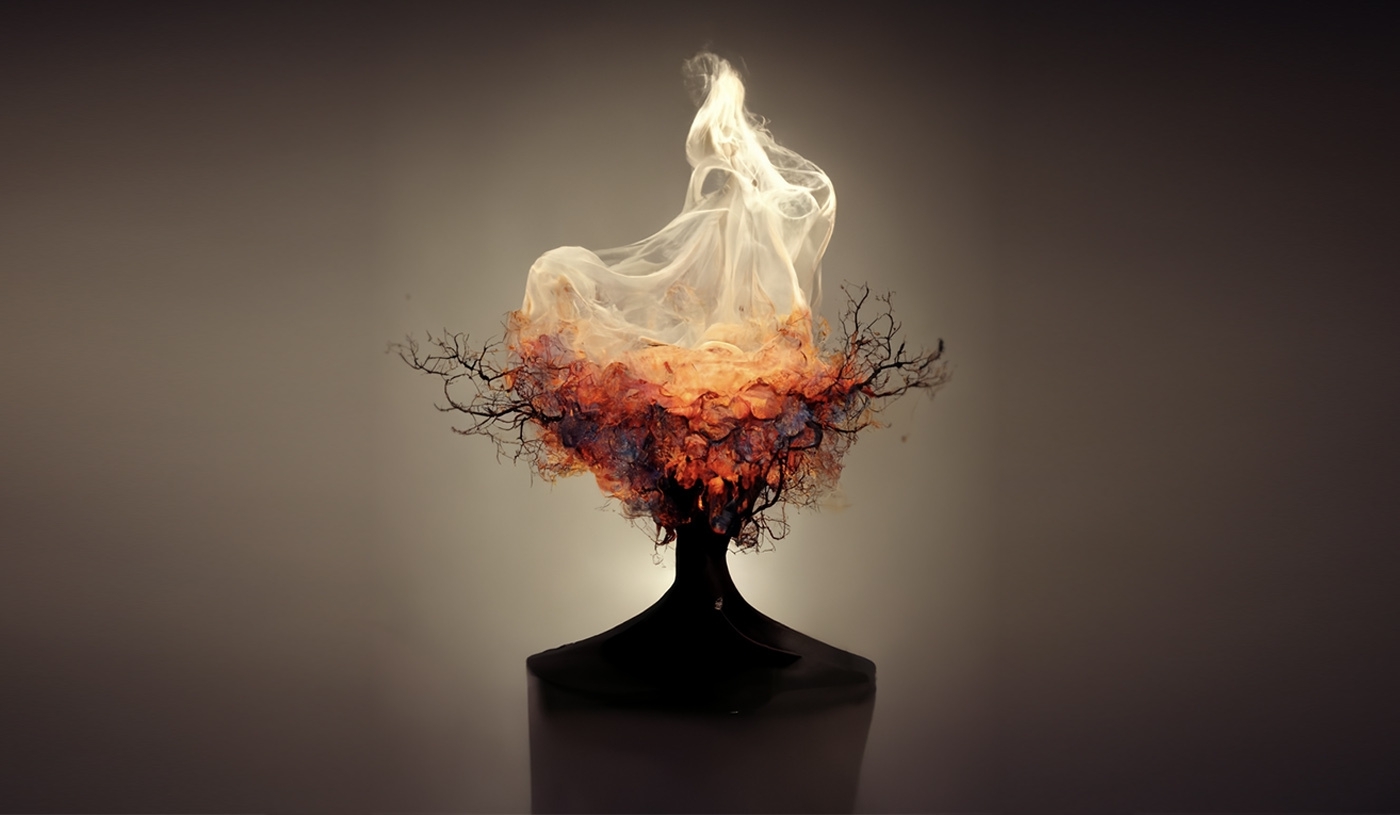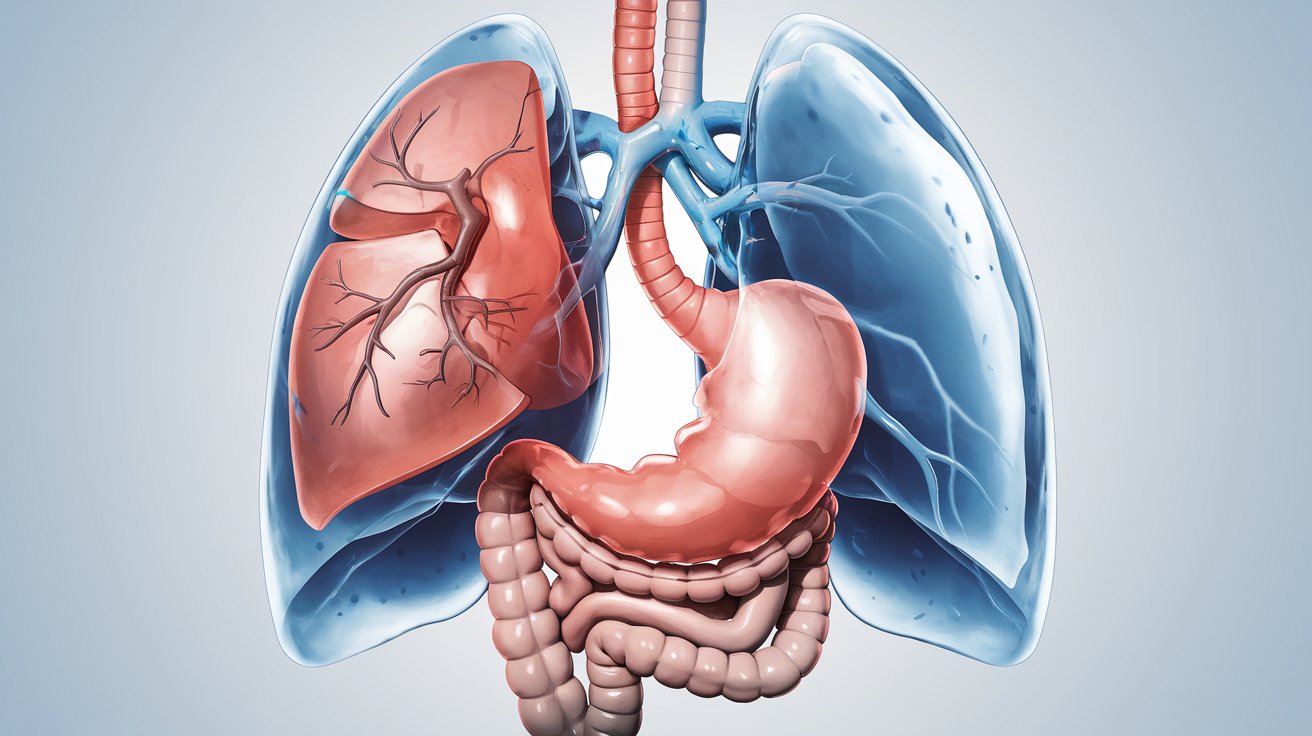
Jinn are mysterious beings that have fascinated humans for centuries. Originating from Islamic mythology, these supernatural entities are believed to inhabit a world parallel to ours. But what exactly are they? Jinn are said to be made of smokeless fire, possessing free will like humans, which means they can choose to be good or evil. They can shape-shift, become invisible, and even possess humans. Stories of Jinn often include their ability to grant wishes, but beware—they are known to be tricky. Intrigued yet? Let's dive into 34 captivating facts about these enigmatic creatures that will leave you spellbound.
Key Takeaways:
- Jinn, supernatural beings in Islamic mythology, have diverse types, abilities, and cultural influences. They are believed to possess powers like controlling elements and granting wishes, and have left a mark on folklore and modern media.
- Belief in Jinn persists in contemporary times, influencing practices like using amulets for protection and consulting spiritual healers. While some attribute Jinn encounters to psychological conditions, the belief continues to be significant in many people's lives.
What Are Jinn?
Jinn, often spelled as "djinn," are supernatural beings found in Islamic mythology. They are mentioned in the Quran and have been part of Middle Eastern folklore for centuries. Here are some intriguing facts about these mysterious entities.
- Jinn are created from smokeless fire, according to Islamic tradition.
- They possess free will, much like humans, allowing them to choose between good and evil.
- Jinn can be invisible to humans but can also take various forms, including animals and humans.
- They live in a parallel world to humans, often in desolate places like deserts and ruins.
- The Quran mentions Jinn in several verses, highlighting their significance in Islamic belief.
Types of Jinn
Jinn are not a monolithic group; they come in different types with unique characteristics. Understanding these types can shed light on their diverse nature.
- Marid are considered the most powerful type of Jinn, often associated with water.
- Ifrit are known for their strength and cunning, usually depicted as malevolent.
- Ghoul are shape-shifting Jinn that often haunt graveyards and feed on human flesh.
- Sila are female Jinn known for their beauty and ability to shape-shift.
- Jann are the weakest type of Jinn, often depicted as tricksters.
Jinn in Culture and Folklore
Jinn have left a significant mark on various cultures and folklore, influencing stories, traditions, and even modern media.
- The story of Aladdin and his magical lamp features a Jinn, commonly known as a genie.
- In Arabian folklore, Jinn are often blamed for unexplained phenomena and illnesses.
- Some cultures believe that Jinn can possess humans, leading to exorcism rituals.
- The "Thousand and One Nights" collection of Middle Eastern stories frequently features Jinn.
- Modern media, including movies and TV shows, often depict Jinn as powerful and mysterious beings.
Abilities and Powers of Jinn
Jinn are believed to possess a wide range of abilities and powers, making them both fascinating and feared.
- Jinn can control elements like fire, water, and wind.
- They have the ability to travel great distances instantly.
- Jinn can become invisible or take on different forms at will.
- Some Jinn are believed to have the power to grant wishes, though often with a twist.
- They can influence human thoughts and emotions, sometimes leading to possession.
Jinn in Religion
Jinn hold a unique place in Islamic theology, with specific roles and attributes assigned to them.
- The Quran states that Jinn, like humans, will be judged on the Day of Judgment.
- Some Jinn are devout Muslims, while others are non-believers or follow other religions.
- The Prophet Muhammad is said to have preached to Jinn, converting some to Islam.
- Islamic exorcism rituals, known as "Ruqyah," are performed to expel Jinn from possessed individuals.
- Jinn are believed to have their own societies, complete with leaders and communities.
Modern Beliefs and Practices
Even in contemporary times, belief in Jinn persists, influencing various practices and customs.
- In some Middle Eastern cultures, people avoid whistling at night to prevent attracting Jinn.
- Amulets and talismans are often used to protect against Jinn.
- Some people consult spiritual healers to deal with Jinn-related issues.
- Stories of Jinn encounters are still common in many parts of the world.
- Certain places, like the Empty Quarter desert in Saudi Arabia, are believed to be inhabited by Jinn.
Scientific and Skeptical Views
While belief in Jinn is widespread, there are also scientific and skeptical perspectives on the phenomenon.
- Some scientists attribute Jinn encounters to psychological conditions like sleep paralysis.
- Skeptics argue that Jinn stories are cultural explanations for natural phenomena.
- Researchers study Jinn beliefs to understand their impact on culture and society.
- Despite skepticism, the belief in Jinn continues to be a significant part of many people's lives.
Final Thoughts on Jinn
Jinn have fascinated people for centuries. These supernatural beings, often mentioned in folklore and religious texts, continue to spark curiosity and debate. From their origins in pre-Islamic Arabian mythology to their roles in modern pop culture, jinn remain a captivating subject. They are said to possess incredible powers, including shape-shifting and invisibility, which only adds to their mystique.
Understanding jinn helps us appreciate the rich tapestry of human belief and imagination. Whether viewed as protectors, tricksters, or something in between, they offer a glimpse into how different cultures interpret the unknown. So next time you hear a strange noise or feel a sudden chill, remember the stories of jinn. They might just be closer than you think.
Frequently Asked Questions
Was this page helpful?
Our commitment to delivering trustworthy and engaging content is at the heart of what we do. Each fact on our site is contributed by real users like you, bringing a wealth of diverse insights and information. To ensure the highest standards of accuracy and reliability, our dedicated editors meticulously review each submission. This process guarantees that the facts we share are not only fascinating but also credible. Trust in our commitment to quality and authenticity as you explore and learn with us.


